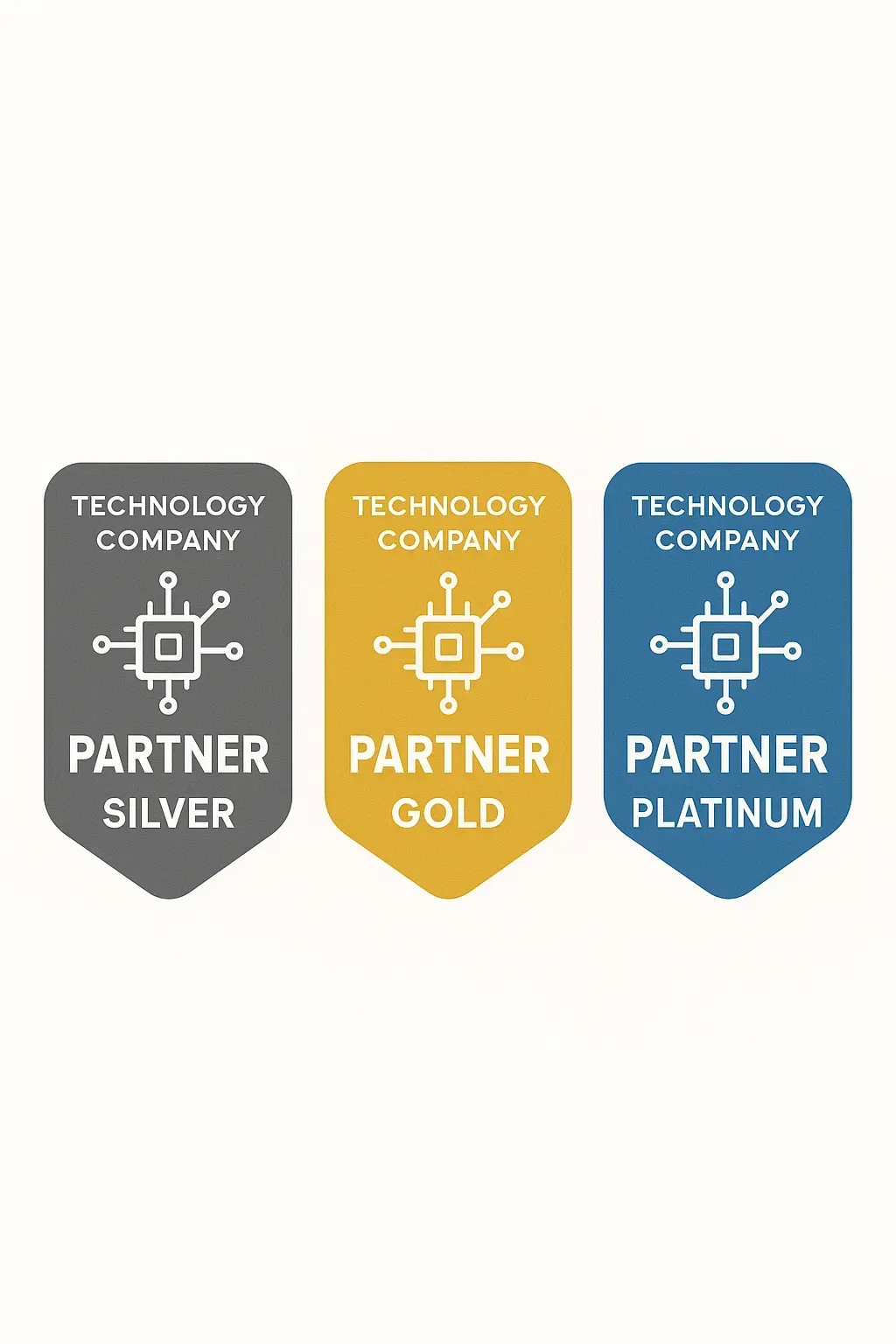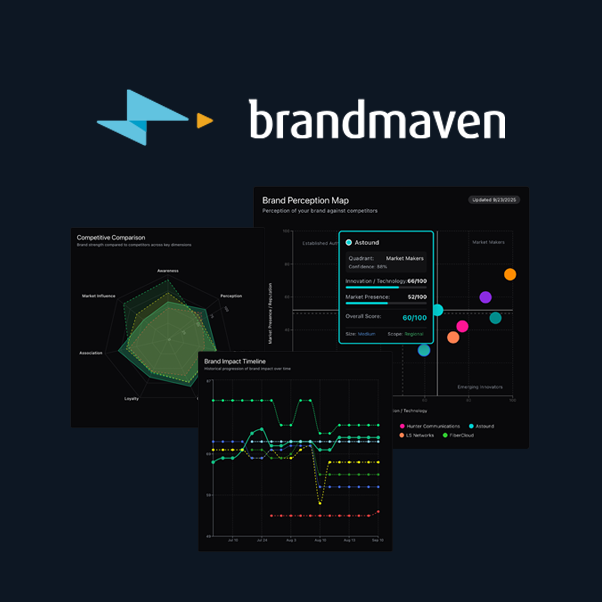Why Apple Never Uses the Term Artificial Intelligence (And What Other Tech Brands Can Learn)
Apple deliberately avoids using the term "AI". But why? And what can we learn as tech marketers?
Fact: Apple is one of the world’s largest and most valuable tech companies.
Fact: Apple is one of the most customer-connected brands in the world.
Fact: Artificial intelligence is one of the most talked about trends of 2024.
Fact: Apple didn’t mention artificial intelligence a single time time in this September's “Glowtime” iPhone 16 event launching its new products.
Fact: The term artificial intelligence is mentioned zero times on Apple.com.
Artificial Intelligence (AI) has become one of the most talked about tools in the tech industry, plastered across product descriptions, marketing campaigns, and press releases. Yet, one of the world’s most influential tech companies, Apple, rarely, if ever, uses the term “Artificial Intelligence” when communicating with its customers.
Apple's approach isn’t about downplaying AI (they frequently talk about “Apple Intelligence”) but strategically choosing how it communicates complex technology to its audience. Altogether avoiding the term AI isn't the right choice for all brands. The point is, understanding Apple’s deliberate brand strategy can offer valuable insights into how to connect more effectively with your audience. Let’s explore why Apple avoids the term AI and what other tech brands can learn from this approach.
1. Apple Puts Humans at the Center, Not the Technology
Apple’s brand philosophy has always prioritized the human experience over technical jargon. The company’s key messaging often centers on what its technology can do for people rather than how it works under the hood. Instead of highlighting AI, Apple describes the capabilities of its devices in terms of user benefits:
- Face ID makes logging in effortless and secure.
- Smart HDR captures the perfect photo, even in tricky lighting.
- Personalized Recommendations help you discover what matters to you.
By using human-centric language, Apple speaks directly to the consumer’s needs and aspirations rather than overwhelming them with technicalities.
Takeaway for Tech Brands: Lead with the value your technology provides, not the technology itself. Shift your messaging from “Look at our AI-powered tool” to “Here’s how this tool solves your problem.” Positioning your product in terms of tangible benefits creates a deeper, emotional connection with your audience.
2. Avoiding Tech Jargon Builds Trust and Accessibility
The term “Artificial Intelligence” can evoke mixed emotions, from excitement to skepticism to fear. For some, it conjures images of sci-fi dystopias or concerns about privacy and job security. Apple sidesteps these associations by simplifying its messaging, using everyday language to describe advanced functionalities.
Consider Apple’s introduction of Siri. Instead of boasting about the AI algorithms driving Siri’s capabilities, Apple focused on what Siri does—helping you send messages, set reminders, and answer questions—all with a simple voice command. This approach demystifies the technology and makes it accessible to a broader audience.
Takeaway for Tech Brands: Jargon-heavy messaging can alienate potential customers who may not understand or trust the technology. Simplify your language and focus on how your product integrates seamlessly into the user’s life. The goal is to make your technology feel approachable, not intimidating.
3. Emphasizing Privacy and Security Over Technical Superiority
In an age where data privacy is a growing concern, Apple has positioned itself as a leader in protecting user information. Instead of focusing on the technological marvels of AI, Apple emphasizes privacy features that safeguard user data. For instance, rather than talking about AI algorithms, Apple promotes on-device processing, highlighting how their features work without sending data to the cloud.
This privacy-first messaging resonates with consumers who are increasingly wary of how their data is used by tech companies. By focusing on security and privacy rather than technical prowess, Apple builds a narrative of trust and responsibility.
Takeaway for Tech Brands: As AI becomes more prevalent, so do concerns about data privacy and security. Position your brand as one that values and protects user data. Highlight features that prioritize security and demonstrate your commitment to responsible AI use. This approach not only differentiates your brand but also builds long-term loyalty.
4. Storytelling Over Specs: Create an Emotional Connection
Apple’s marketing has always been more about storytelling than specs. They sell experiences—capturing memories with your iPhone, staying connected with loved ones through FaceTime, or finding your rhythm with Apple Music. These narratives transcend technical explanations and connect on an emotional level, making the technology feel like an enabler of life’s most meaningful moments.
When AI is used in Apple products, it’s embedded within a broader story—one that resonates emotionally with users. Apple never highlights the AI itself; instead, it shows how its products fit into and enhance everyday life.
Takeaway for Tech Brands: Elevate your brand by telling stories that connect emotionally with your audience. Use testimonials, scenarios, and real-life use cases to illustrate the value of your technology. Focus less on how your product works and more on how it makes life better for your users.
Reframing AI for Human Connection
Apple’s reluctance to use the term “Artificial Intelligence” isn’t a rejection of the technology; it’s a strategic decision to prioritize the human experience above all else. By reframing AI as a tool that enhances the user’s life without overwhelming them with technical details, Apple has set a precedent for how tech companies can communicate more effectively.
For tech brands, the lesson is clear: Lead with empathy, communicate with clarity, and always, always keep the human at the heart of your story. The technology will speak for itself.




